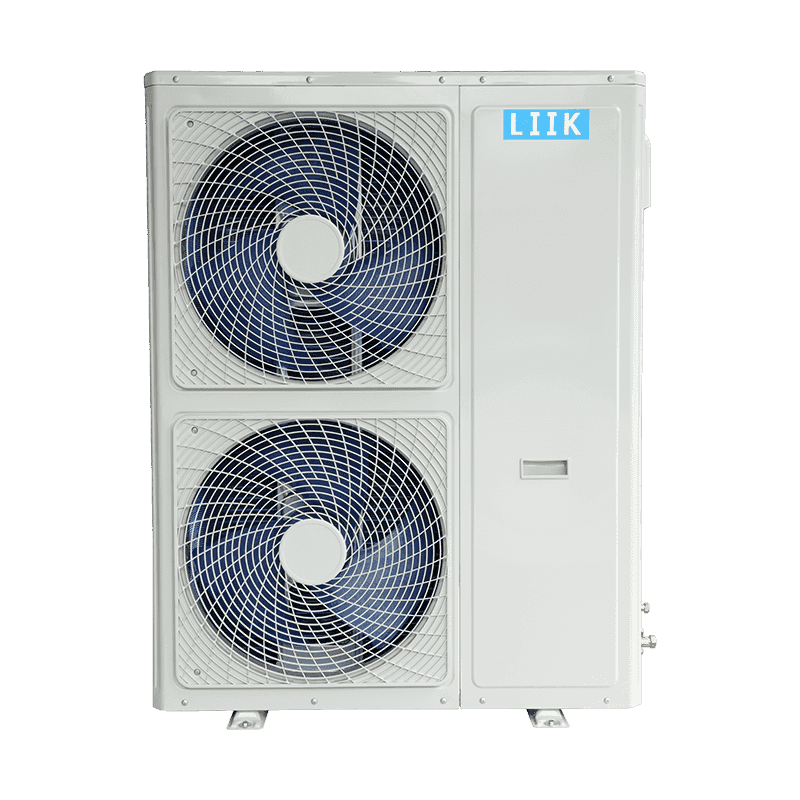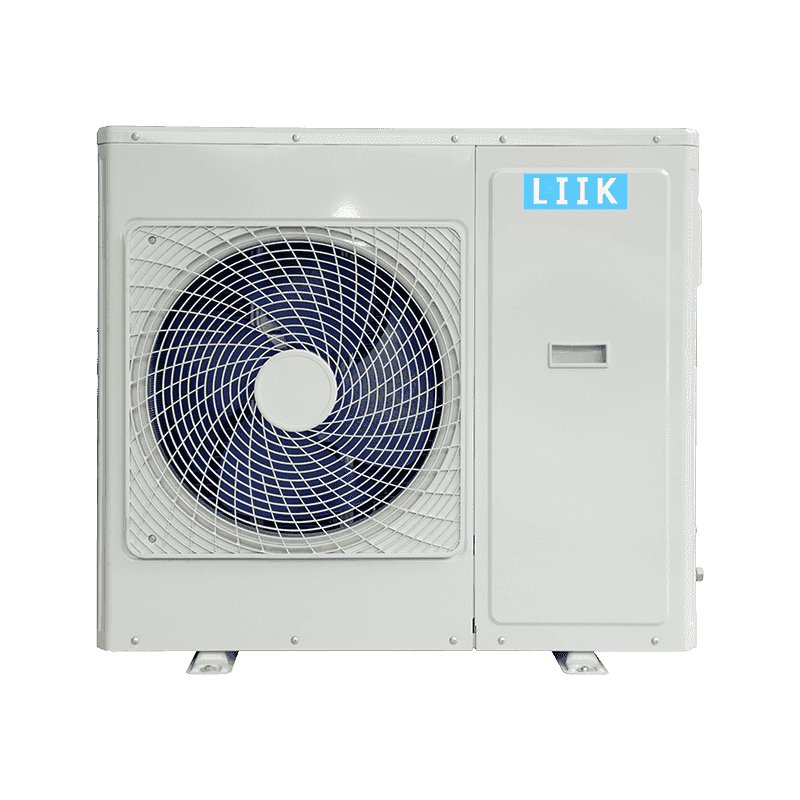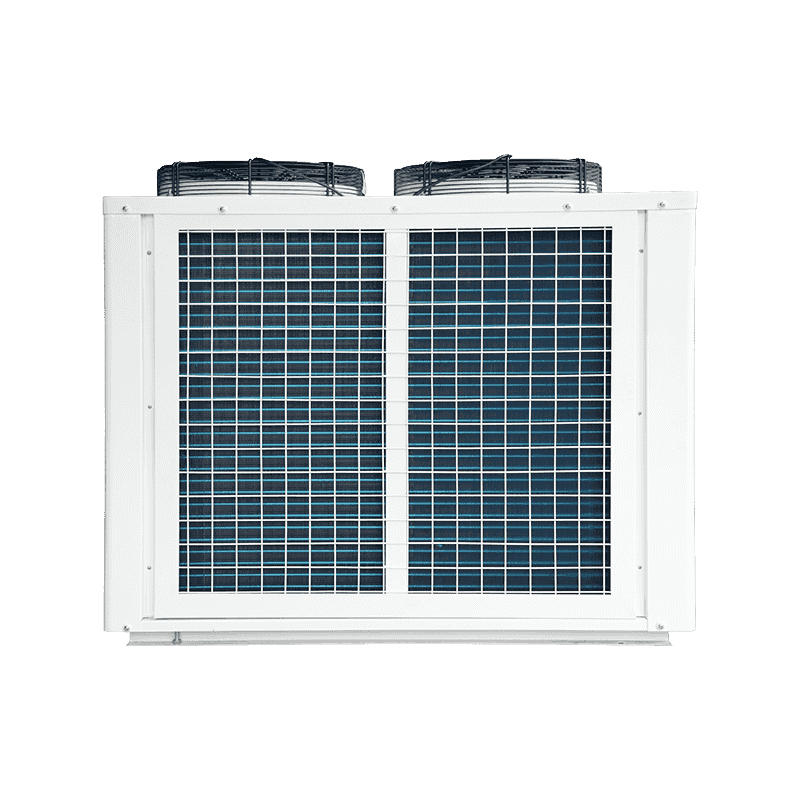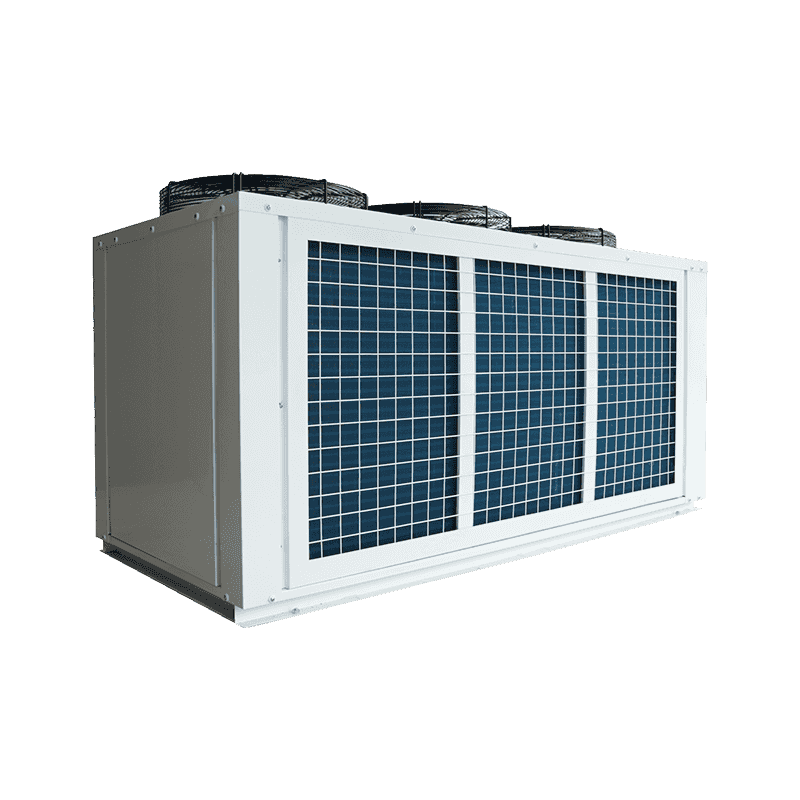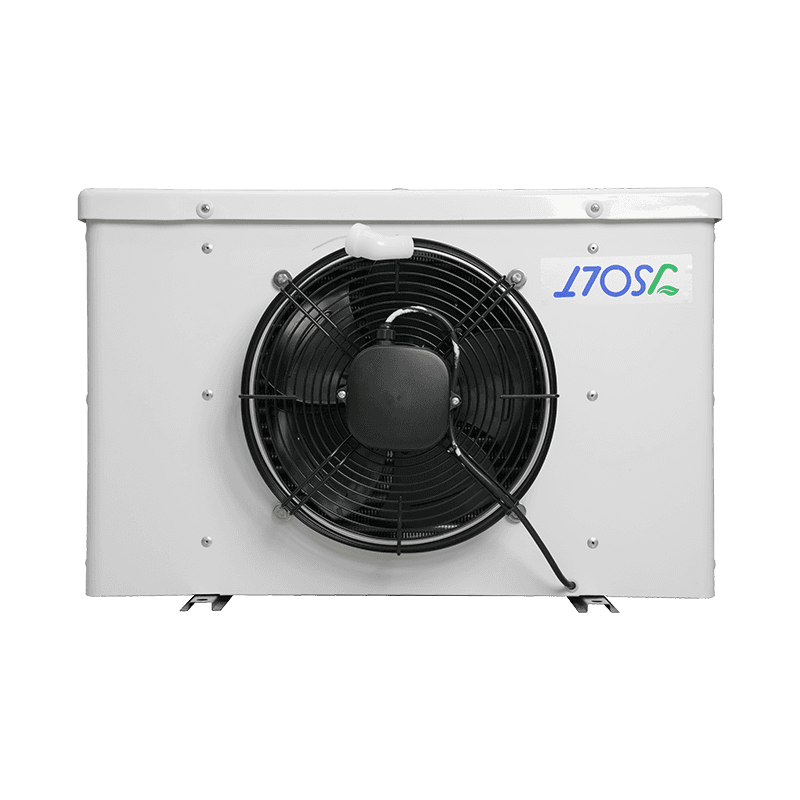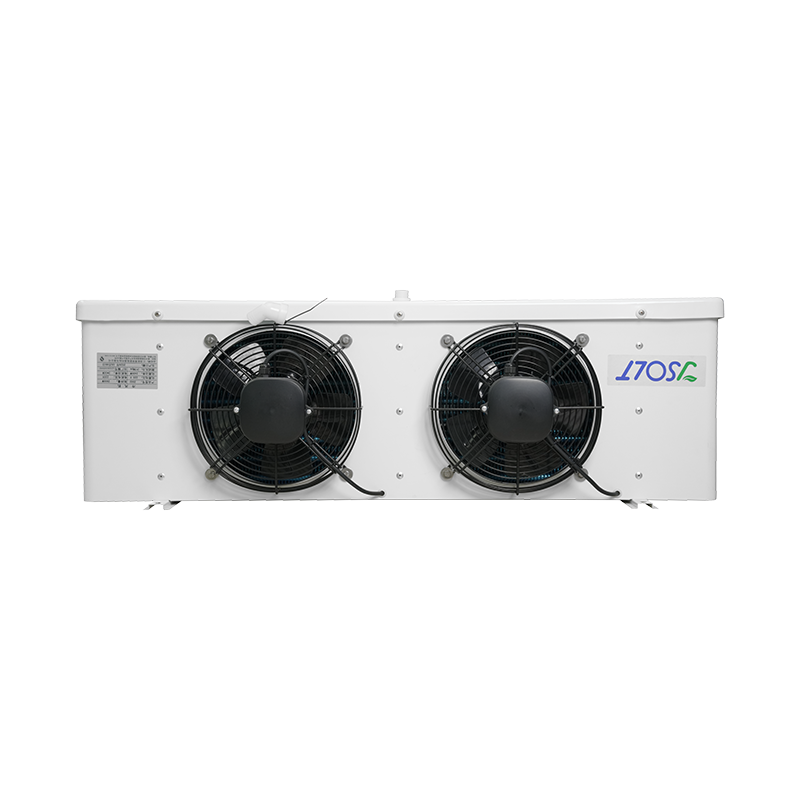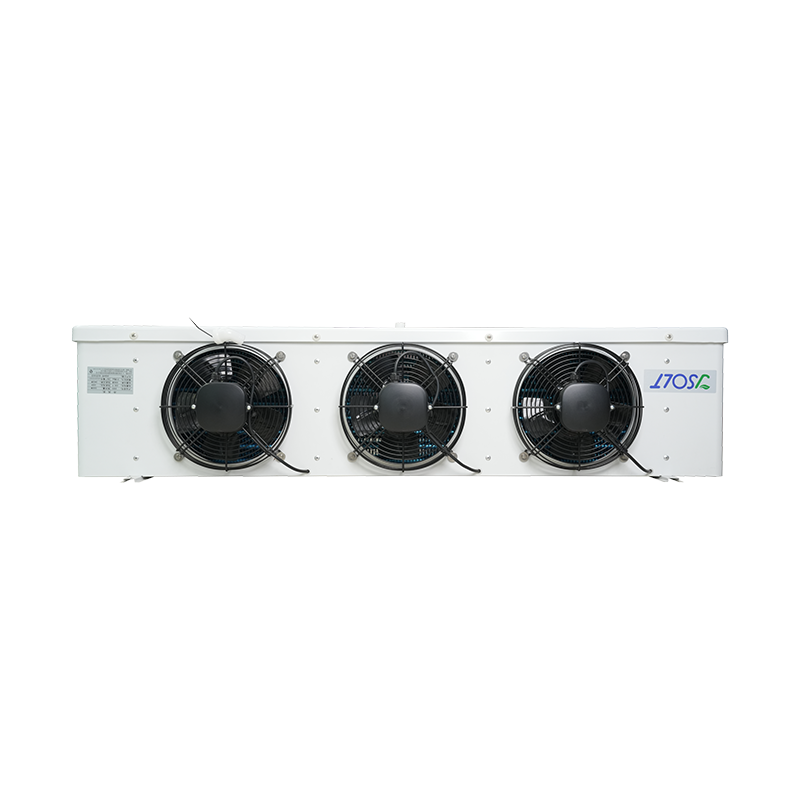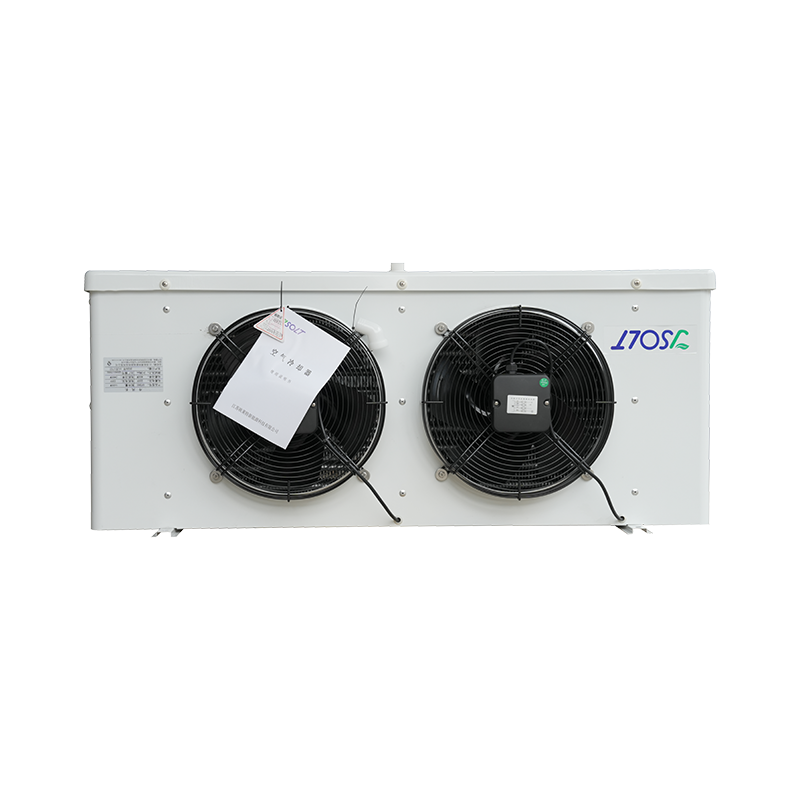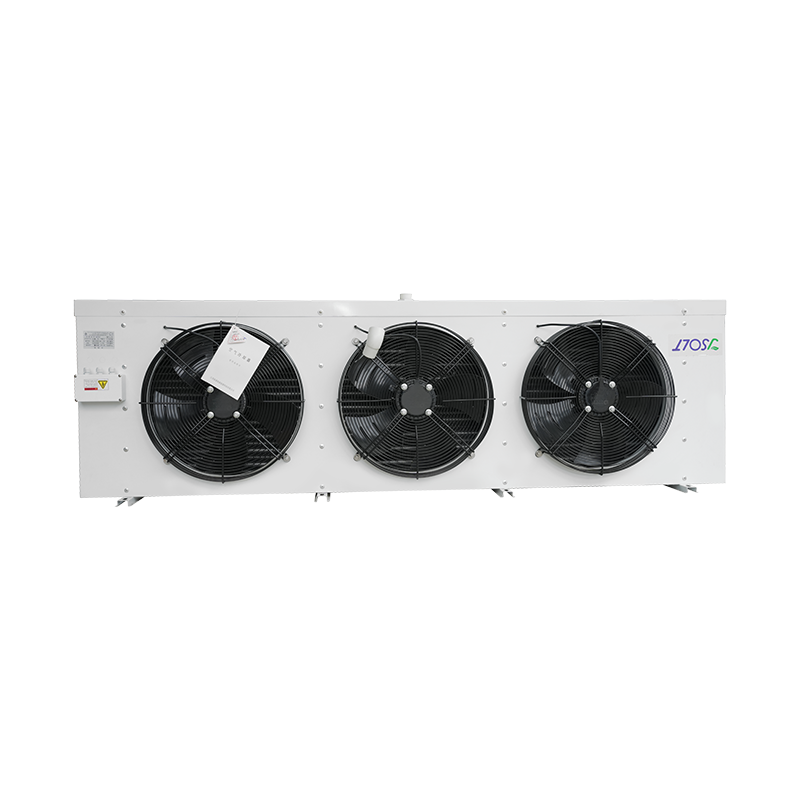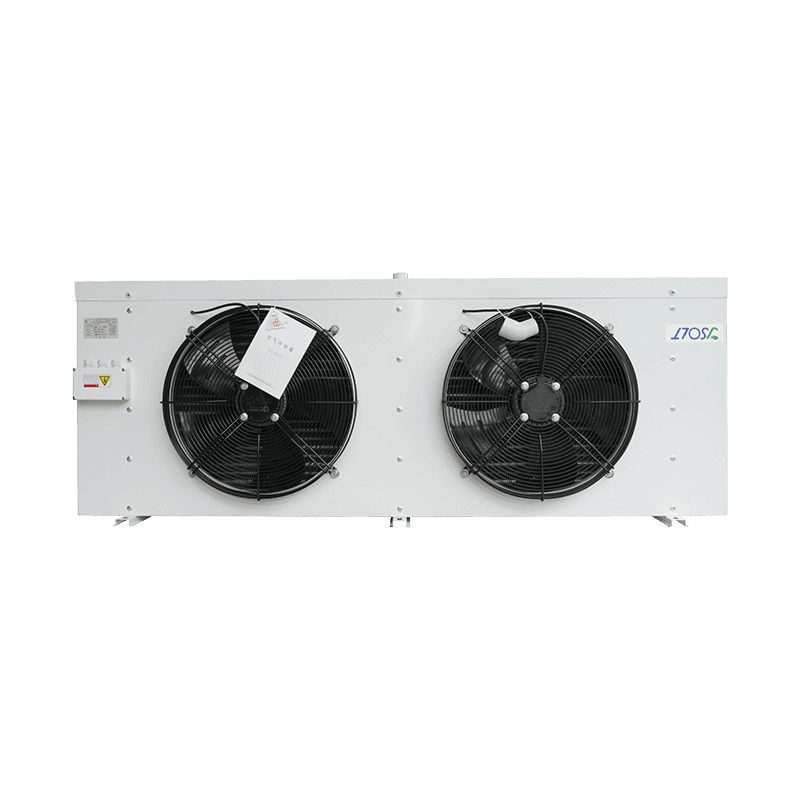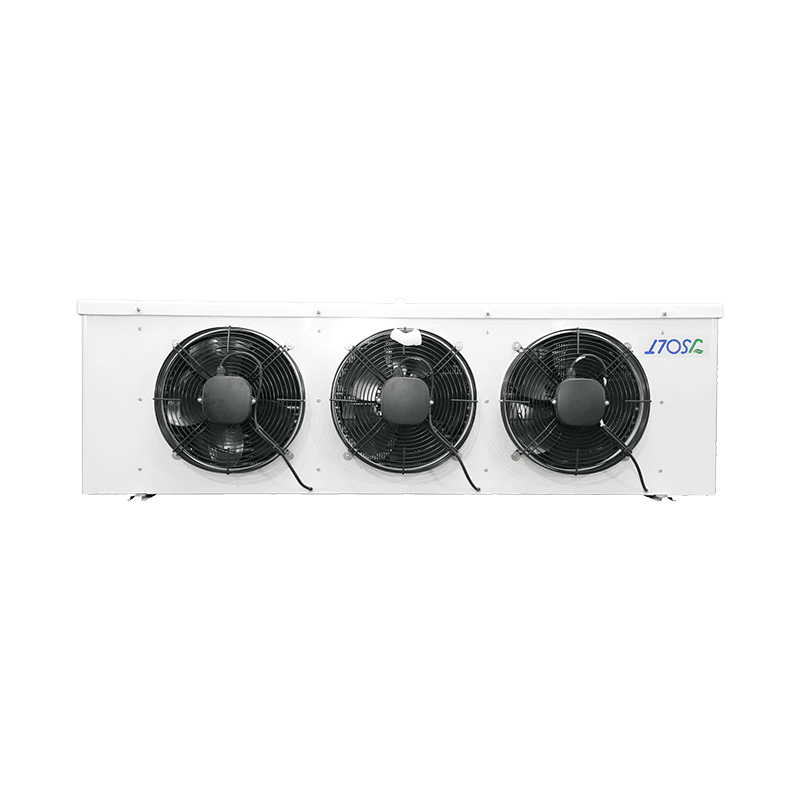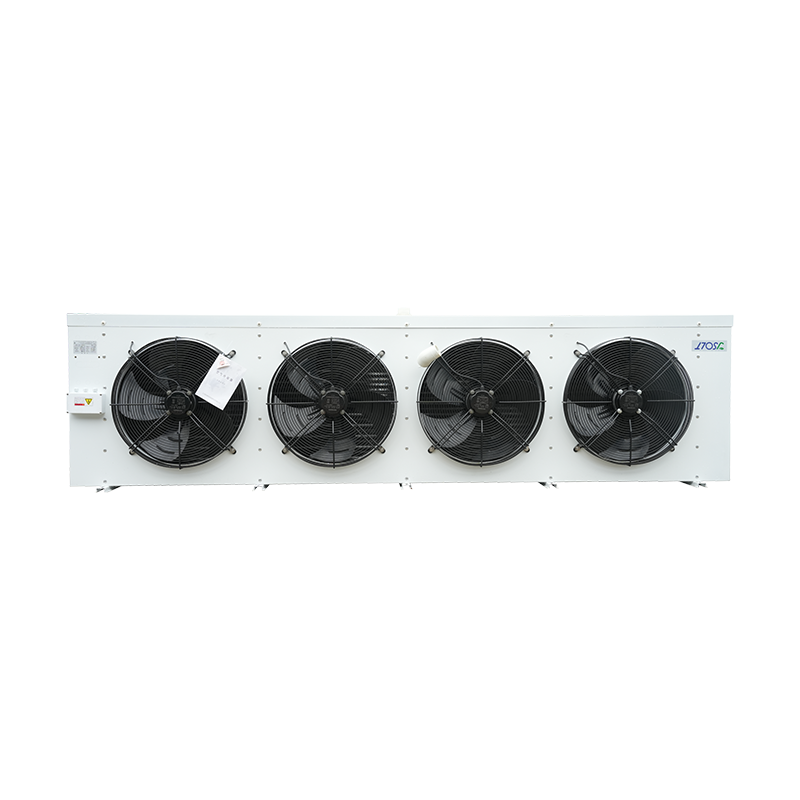
Web Menu
Product Search
Exit Menu
Product categories
News categories
RECENT POSTS
-
What should I do if frost forms on the evaporator unit?
Oct 10,2025 -
What's the difference between an ICEMachine and a home ice maker?
Oct 03,2025 -
What is an air conditioner evaporator?
Sep 26,2025 -
What are the different types of ice machines?
Sep 19,2025 -
What is the function of an evaporator?
Sep 12,2025
What is an air conditioner evaporator?
1. Core Function
The heat exchange core of cooling and heating: The air conditioner evaporator evaporates the refrigerant from liquid to gas under low pressure, absorbing heat from the indoor air, lowering the air temperature and producing a cool breeze.
Dehumidification: When the evaporator surface temperature is below the air dew point, water vapor in the air condenses on the fins and is discharged, reducing indoor humidity.
Energy Efficiency Improvement: In dehumidification mode, the evaporator operates continuously while the compressor runs intermittently, reducing both temperature and humidity. Overall energy consumption is more economical than continuous cooling.
2. Typical Structure
Copper Tube/Aluminum Fin Cooling: Multiple parallel copper tubes are coated with aluminum fins, creating a large heat exchange surface and improving heat exchange efficiency.
Refrigerant Inlet and Outlet Piping: Connecting pipes are installed at both ends, connecting to the expansion valve and the return line, respectively, to ensure refrigerant circulation within the evaporator.
Drainage and Anti-Frost Device: A water collection pan and drain pipe are located at the bottom of the evaporator to collect condensed water. An anti-frost sensor is also included to prevent ice from forming at low temperatures and affecting heat exchange. Fan Coordination: The indoor unit fan forces air across the evaporator fins, ensuring sufficient contact between the air and the cold surface, achieving rapid cooling.
3. Operating Principle Overview
Refrigerant Entry: High-pressure liquid refrigerant enters the evaporator after being atomized by the expansion valve. The sudden drop in pressure causes a drop in temperature.
Phase Change Heat Absorption: The refrigerant evaporates into a gaseous state within the evaporator, absorbing heat from the surrounding air and lowering the air temperature.
Condensate Formation: When the air temperature drops below the dew point, water vapor condenses into droplets, adheres to the fins, and flows into the drainage system.
Circulation Back Pressure: The evaporated, low-pressure gas is drawn into the compressor, recompressed, and continues its circulation in the condenser.
4. Industry Applications
Product Positioning: The air conditioner evaporator is a key component of air conditioning systems and is widely used in residential, commercial, and industrial air conditioning units. Manufacturing Advantages: Taizhou Best Refrigeration Equipment Manufacturing Co., Ltd. specializes in the research and development and mass production of FHVT series evaporator units. Our product line covers refrigeration units ranging from 1/4HP to over 100HP. We have obtained international certifications such as CE and ROHS, and offer technical advantages such as efficient heat exchange and reliable dehumidification.
Market Coverage: Our products are exported globally, and we have distributors in major Chinese cities to meet the demand for high-performance air conditioning evaporators in various regions.
←
What's the difference between an ICEMachine and a home ice maker?
→
What are the different types of ice machines?
related products

-
 224 Yongping Road, Science and Technology Enterpreneurship Park, Gaogang District, Taizhou City, Jiangsu Province
224 Yongping Road, Science and Technology Enterpreneurship Park, Gaogang District, Taizhou City, Jiangsu Province  +86-18082061600
+86-18082061600 [email protected] / [email protected]
[email protected] / [email protected]
Copyright © 2024 Taizhou Best Refrigeration Equipment Manufacturing Co., Ltd All Rights Reserved. Refrigeration Equipment Manufacturer Custom Refrigeration Equipment Factory


 EN
EN
 English
English русский
русский Español
Español